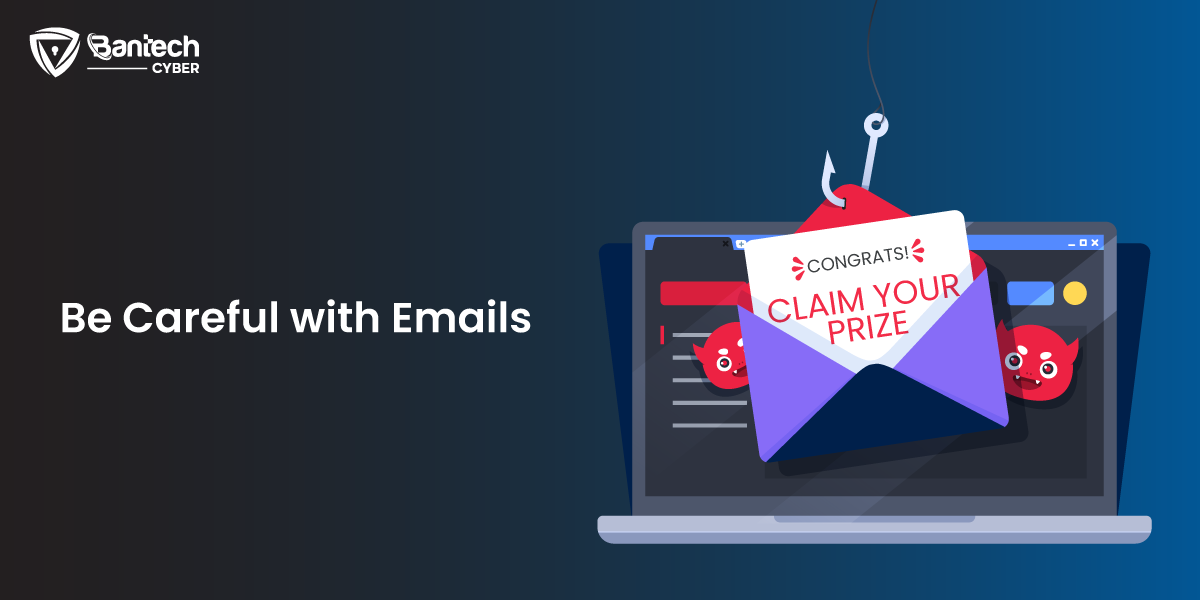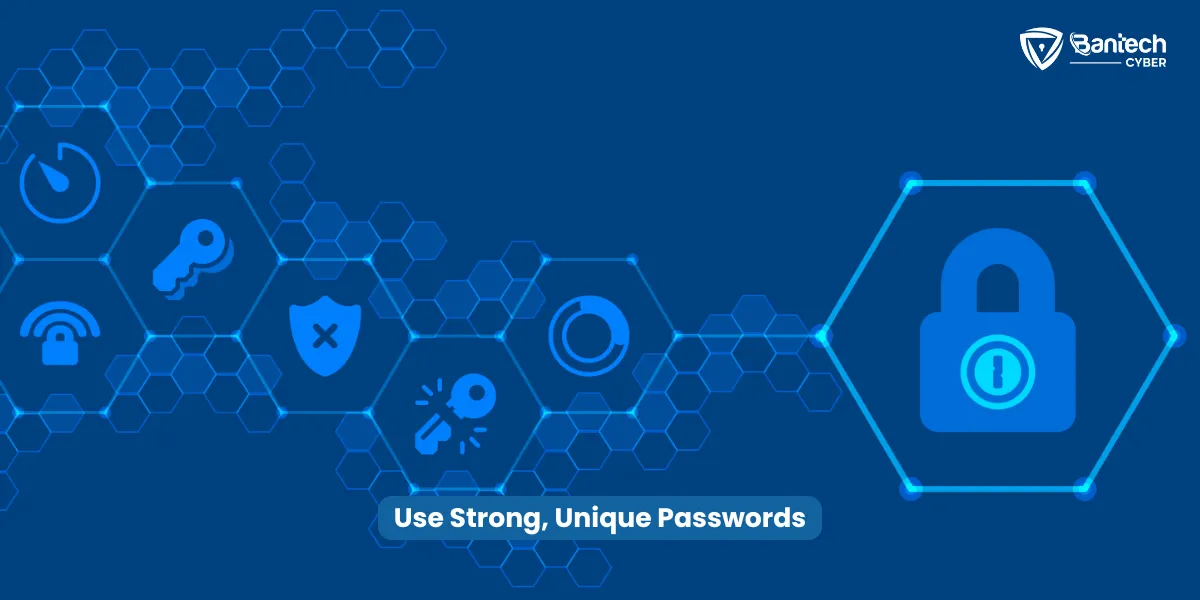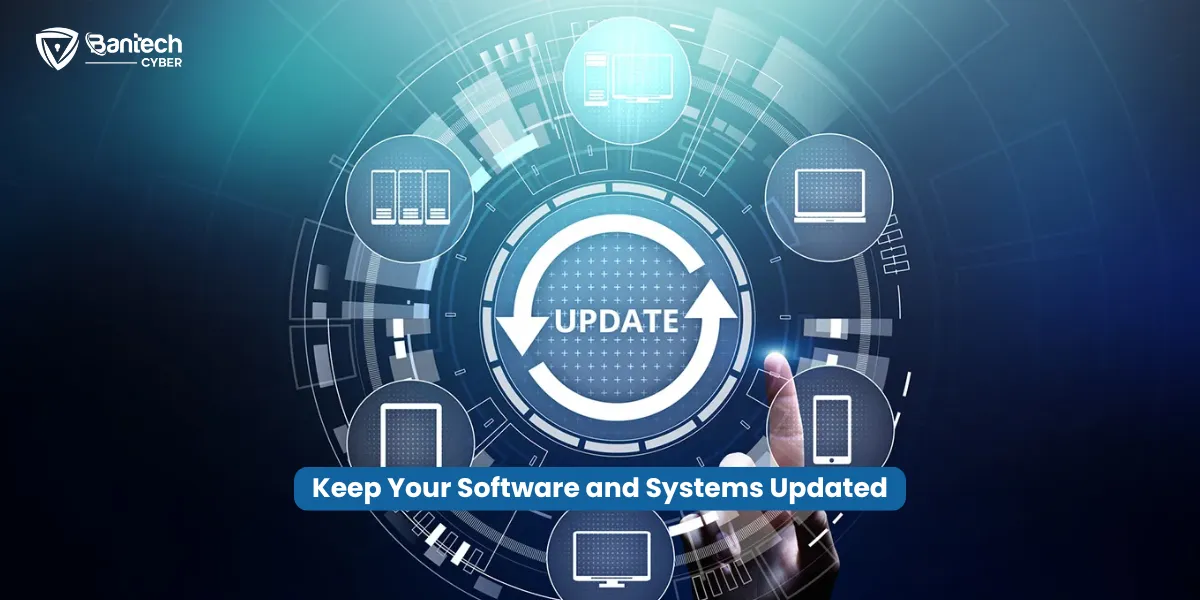Phishing attacks are a serious threat to individuals and businesses alike. They trick people into giving up sensitive information, like usernames, passwords, or credit card details, by pretending to be legitimate entities. It’s like a con artist knocking on your door, pretending to be someone you trust. But the good news is that you can prevent phishing attacks with a few simple steps. Whether it’s protecting your business or your personal information, this guide will show you how to stay safe and avoid falling for these tricks.
What Is Phishing?
Before we get into how to prevent phishing attacks, let’s first understand what phishing is. Phishing is a type of cybercrime where an attacker tries to trick you into revealing personal or confidential information, often through emails or websites that look legitimate. The attacker might pretend to be someone you know, like your bank, a government agency, or even a friend. Phishing emails can be very convincing, making it easy to fall for the scam.
Types of phishing include:
- Email phishing: Fake emails that look like they come from legitimate companies, asking you to click on a link or download an attachment.
- Spear phishing: A more targeted form of phishing where attackers research their victims and send personalized emails to increase the chance of success.
- Smishing: Phishing through text messages (SMS) asking you to click on a link or share personal information.
- Vishing: Voice phishing, where attackers impersonate legitimate entities over the phone to gather sensitive data.
No matter the type, phishing attack prevention is essential for keeping your information and your business secure.
How to Prevent Phishing Attacks: 5 Simple Steps
Now that we know what phishing is, let’s focus on how to prevent phishing attacks. Here are five easy-to-follow steps to protect yourself:
Be Careful with Emails

One of the most common ways phishing attacks occur is through email. Attackers often send emails that appear to be from reputable sources, like banks, online stores, or government agencies. These emails may ask you to click on a link or open an attachment. The goal? To steal your personal or financial information.
Here’s how to prevent phishing emails from tricking you:
- Don’t click on suspicious links: Hover your mouse over any link in the email. If the URL doesn’t look legitimate or it’s from an unfamiliar source, don’t click it.
- Don’t open attachments from unknown or unexpected senders. They may contain malicious software designed to steal information or cause harm to your system.
- Look for signs of phishing: Poor grammar, odd phrasing, or strange sender addresses are often signs that an email is a phishing attempt.
When in doubt, delete the email. If it claims to be from a trusted company, go directly to their website (don’t click any links in the email) and verify if the message is legitimate.
Use Strong, Unique Passwords

Think of your password as the key to your house. If your password is weak or reused across multiple sites, attackers can easily gain access to your accounts. This is particularly dangerous if you fall victim to a phishing attack, where the goal is often to steal your login credentials.
To prevent phishing attacks:
- Use strong passwords: Create passwords that are long, unique, and contain a mix of upper and lowercase letters, numbers, and symbols.
- Don’t reuse passwords: Using the same password across multiple sites is risky. If one account is compromised, attackers can try that password on other accounts.
- Enable multi-factor authentication (MFA): MFA adds an extra layer of security by requiring you to verify your identity through a second factor, like a phone number or biometric scan.
This simple step can make it much harder for attackers to gain access to your accounts, even if they get hold of your password through a phishing attempt.
Train Yourself and Your Team to Spot Phishing
Whether you’re a business owner or an individual user, one of the most effective ways to prevent phishing attacks is through education. Phishing attacks rely on tricking people, so knowing the warning signs can help you avoid falling for the scam.
Here are some key things to watch for:
- Urgent language: Phishing emails often create a sense of urgency, like claiming your account will be locked or your payment is overdue.
- Unexpected requests: Be wary of emails that ask for personal or financial information, especially if you weren’t expecting a request from that organization.
- Suspicious sender addresses: Phishing emails often come from addresses that are similar to, but slightly different from, legitimate ones (e.g., “support@banking1.com” instead of “support@banking.com”).
If you run a business, train your employees regularly on how to spot phishing emails and other forms of cyberattacks. Regular awareness sessions can significantly reduce the risk of a phishing attack.
Check for Secure Websites
When phishing attacks attempt to steal your personal or financial information, they often send you to fake websites that look almost identical to legitimate ones. These websites are designed to trick you into entering your data, such as credit card numbers, usernames, or passwords.
To prevent phishing attacks from stealing your information:
- Check for HTTPS: Before entering any personal data on a website, make sure the website’s address starts with https:// (not just http://). The “s” stands for secure, and it means that the site encrypts your data.
- Look for a padlock icon: A small padlock icon next to the website address also indicates a secure connection.
- Double-check the URL: Ensure the website address matches the legitimate site. Phishing sites may have slight variations in their URLs to make them look like the real thing.
If you’re ever unsure, don’t enter your information on a website. Instead, go directly to the website by typing the URL into your browser’s address bar.
Keep Your Software and Systems Updated

Phishing attacks aren’t just about emails and fake websites. Some attackers use malware to track your keystrokes or gain remote access to your device. This is why keeping your systems updated is crucial.
- Update your operating system: Operating systems often have security patches that protect against new types of phishing attacks and malware.
- Update your browser and apps: Phishing attacks can sometimes exploit vulnerabilities in web browsers or apps, so make sure everything is up to date.
- Use antivirus software: A good antivirus program can help detect and block phishing websites and malware before they can cause damage.
Regular updates ensure that your devices and systems are protected from new phishing tactics.
Phishing Attack Prevention for Businesses
Phishing attacks aren’t just a risk for individuals—they can be devastating for businesses. A single employee clicking on a phishing link can give cybercriminals access to company data, financial information, or even customer details. Here’s how to help protect your business:
- Implement email filtering: Use email security filters to block phishing emails before they reach your employees’ inboxes.
- Limit access to sensitive data: Only give employees access to the data they need to do their jobs. This minimizes the potential damage if an employee falls for a phishing attack.
- Monitor systems for unusual activity: Regularly monitor your network for signs of unusual activity that could indicate a phishing attack has compromised your systems.
At Bantech Cyber, we understand the unique challenges businesses face in protecting against phishing attacks. We offer Managed IT and Cybersecurity Services that help safeguard your company from the latest phishing threats. Our team works with you to ensure that your network is secure, your employees are trained, and your data is safe.
Conclusion
Phishing attacks may seem intimidating, but with the right precautions, you can prevent phishing and protect your sensitive information. By staying vigilant, using strong security practices, and educating yourself and your team, you can significantly reduce the risk of falling victim to a phishing scam.
At Bantech Cyber, we’re here to help protect your business from phishing attacks and other cybersecurity threats. Contact us today for expert advice on phishing attack prevention and how we can help safeguard your organization from evolving cyber threats.
